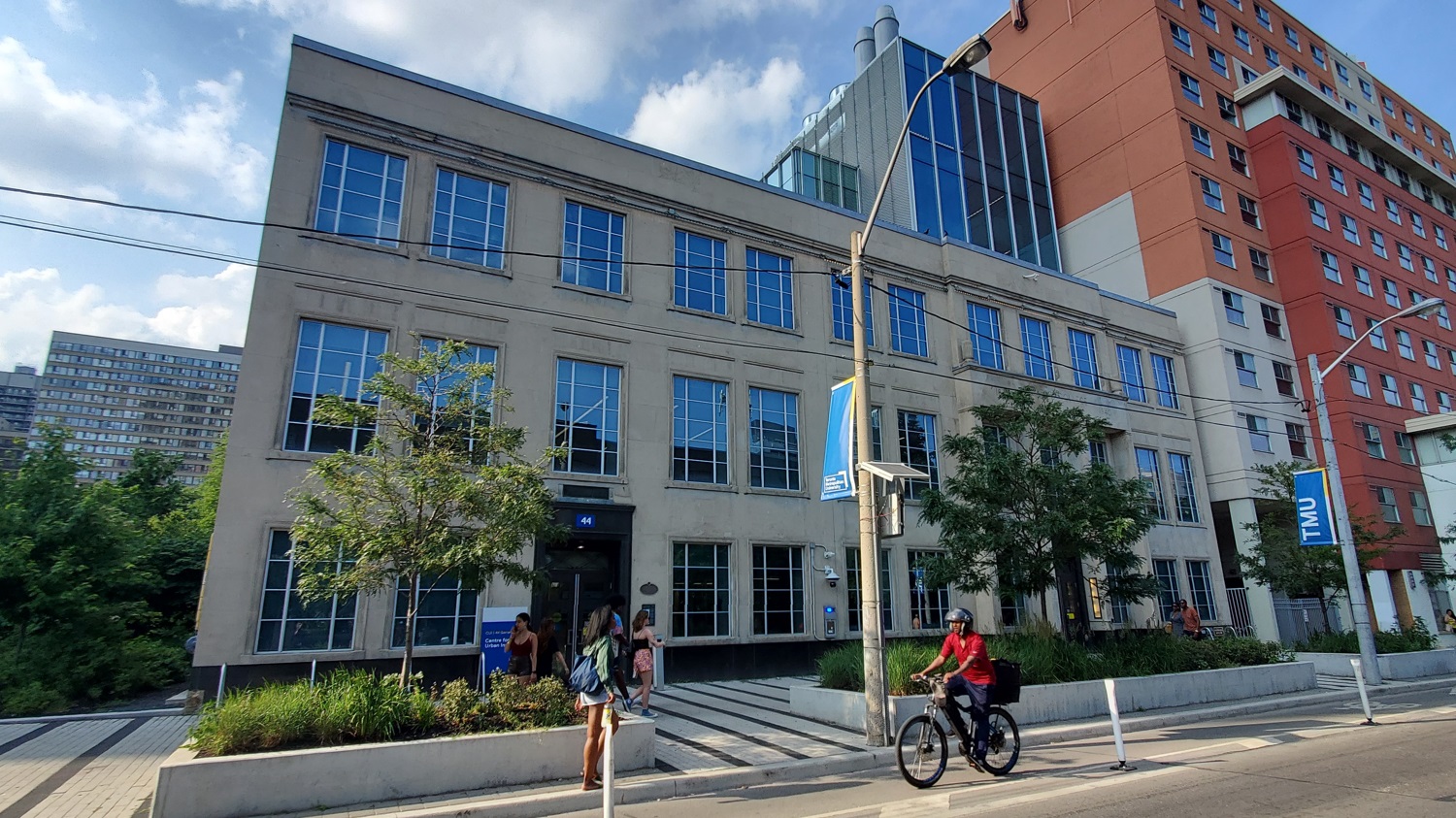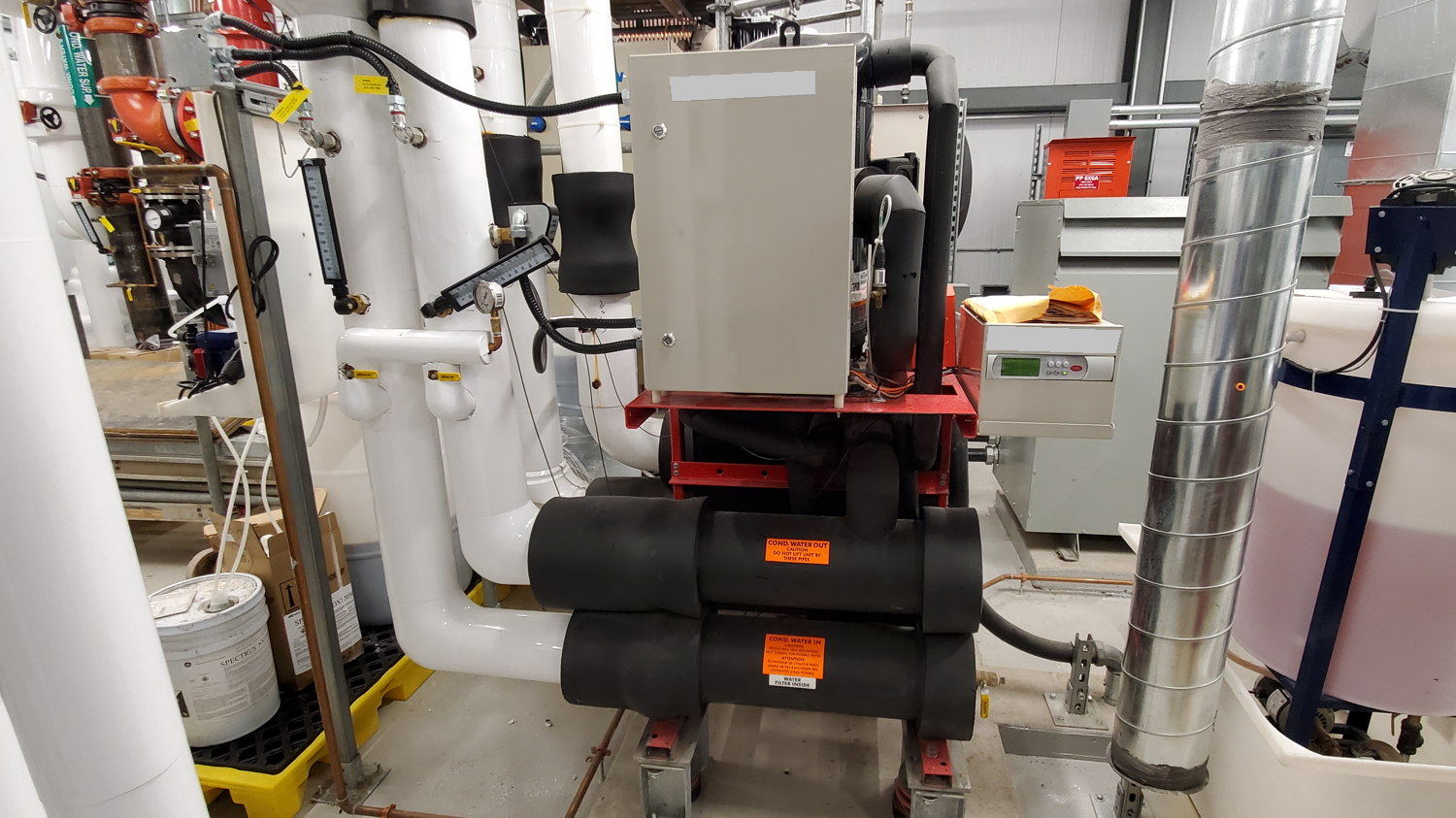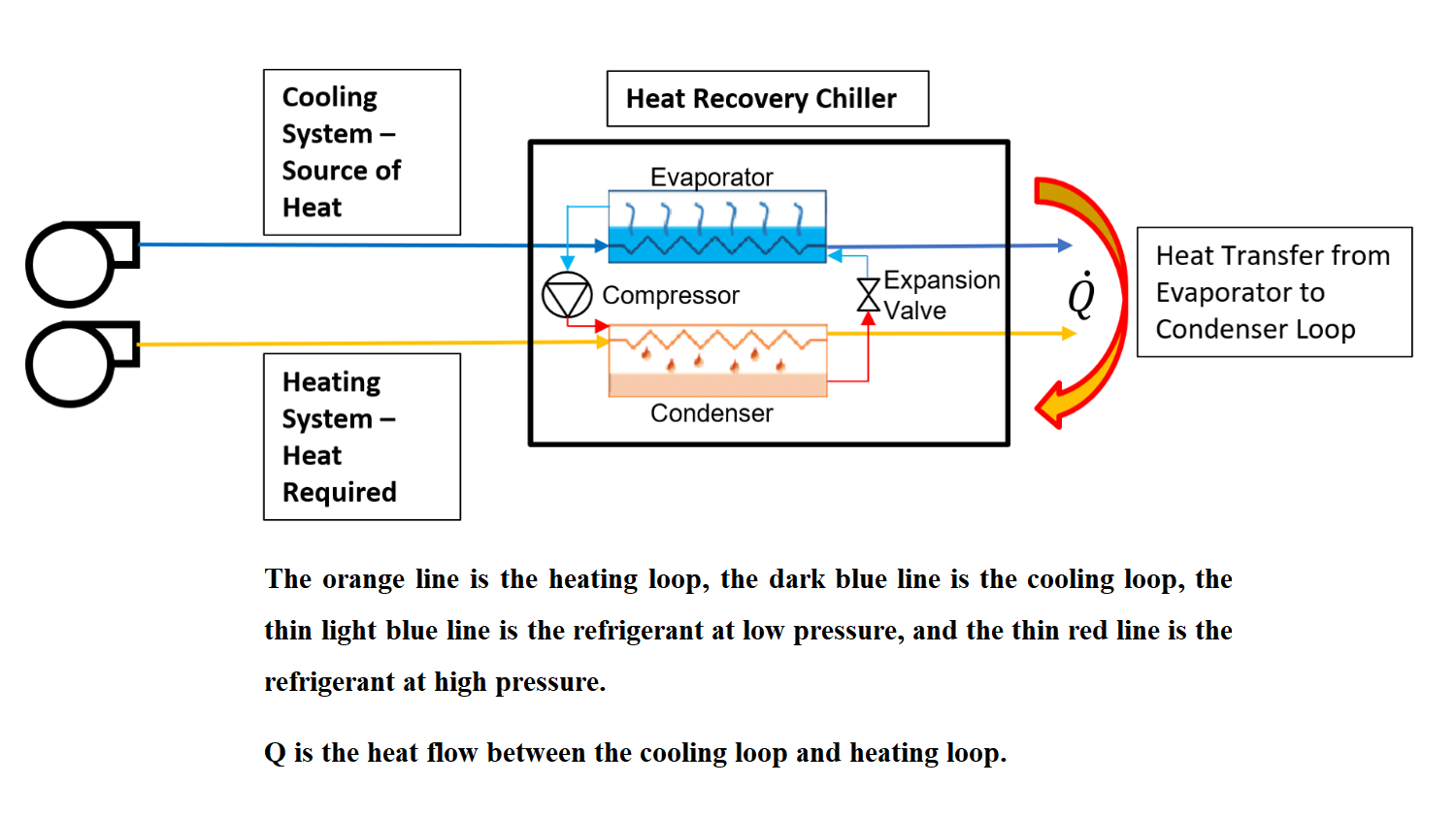BUILDING SCIENCE
Jean-Francois Landry—Alumni Achievement Award
![]()
Jean-Francois Landry—Alumni Achievement Award

About the Award
For overall achievement, contribution, and commitment to the Building Science Graduate Program.
DEVELOPMENT OF A MODEL-FREE REINFORCEMENT LEARNING FOR A HEAT RECOVERY CHILLER SYSTEM OPTIMIZATION
Heat recovery chiller (HRC) systems have significant strategic value to reduce building greenhouse gas emissions, although this potential remains unrealized in practice. Real-time optimization using model-free reinforcement learning (RL) provides a potential solution to this challenge. In recent years, advances in RL using deep learning, open a path to new advanced RL applications, including building applications. RL’s main benefits for HRC optimization compared to rule-based and supervised learning methods is that: RL does not require knowledge of the system a priori to optimize the system; and because the RL system is not essential to maintain loads or comfort in the building, RL training can be achieved without compromising the building main function.
A full-scale case study of RL in the 6,000 m2 academic laboratory Centre for Innovation (CUI) at Toronto Metropolitan University (TMU) was completed. Data was collected from the CUI TMU laboratory building in Toronto, Canada directly from the Building Automation System (BAS) and was analyzed in an RL in three steps; (1) Analysis of the HRC system; (2) Feature selection; and (3) RL agent development. This approach could permit a more stable and robust implementation of model-free RL and the methodology allowed operator-identified constraints to be translated into reward functions more broadly, allowing for a generalization to similar heat recovery chiller systems.
The result from the RL experiment appeared to show that the actor-critic RL could learn and provide an increasingly accurate prediction of the reward over time which could lead to the maximization of cost savings. Based on the results, HRC systems appear to be good candidates for RL since the learning process did not affect comfort and operation.
For overall achievement, contribution, and commitment to the Building Science Graduate Program.
DEVELOPMENT OF A MODEL-FREE REINFORCEMENT LEARNING FOR A HEAT RECOVERY CHILLER SYSTEM OPTIMIZATION
Heat recovery chiller (HRC) systems have significant strategic value to reduce building greenhouse gas emissions, although this potential remains unrealized in practice. Real-time optimization using model-free reinforcement learning (RL) provides a potential solution to this challenge. In recent years, advances in RL using deep learning, open a path to new advanced RL applications, including building applications. RL’s main benefits for HRC optimization compared to rule-based and supervised learning methods is that: RL does not require knowledge of the system a priori to optimize the system; and because the RL system is not essential to maintain loads or comfort in the building, RL training can be achieved without compromising the building main function.
A full-scale case study of RL in the 6,000 m2 academic laboratory Centre for Innovation (CUI) at Toronto Metropolitan University (TMU) was completed. Data was collected from the CUI TMU laboratory building in Toronto, Canada directly from the Building Automation System (BAS) and was analyzed in an RL in three steps; (1) Analysis of the HRC system; (2) Feature selection; and (3) RL agent development. This approach could permit a more stable and robust implementation of model-free RL and the methodology allowed operator-identified constraints to be translated into reward functions more broadly, allowing for a generalization to similar heat recovery chiller systems.
The result from the RL experiment appeared to show that the actor-critic RL could learn and provide an increasingly accurate prediction of the reward over time which could lead to the maximization of cost savings. Based on the results, HRC systems appear to be good candidates for RL since the learning process did not affect comfort and operation.






